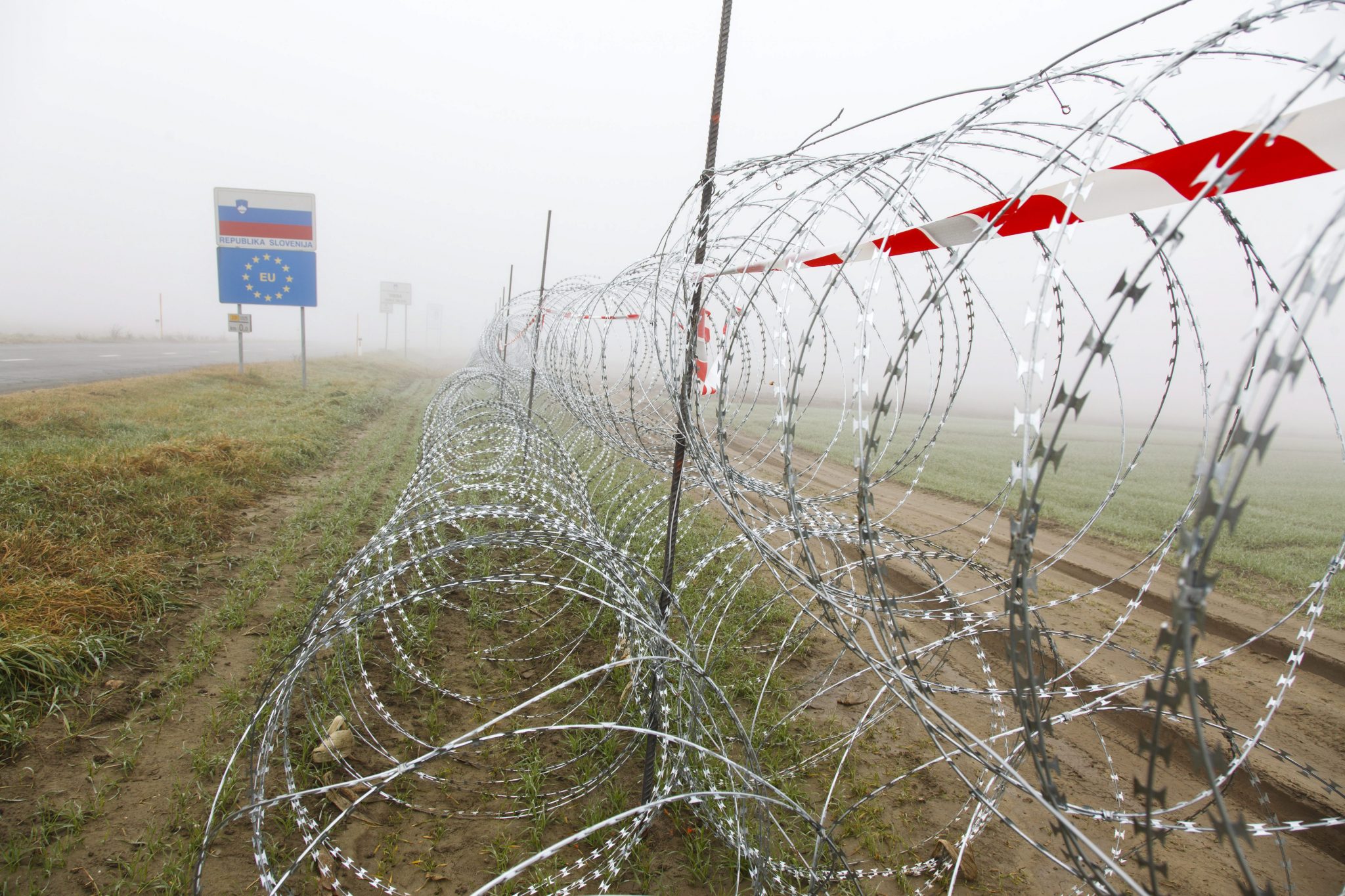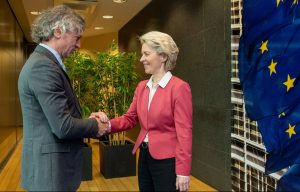
Robert Golob's government decided to dismantle the border fence modelled on the Hungarian protection.Continue reading

The Slovenian foreign ministry considers Austria’s extension of border controls at the internal Schengen border between the two countries by six months unjustified, saying that Austria cannot prove the existence of a new security threat, Slovenian public television (RTV) said, citing a ministry statement.
In October, Austria notified the European Commission and EU member states of its decision to extend the checks at the Slovenian border for another six months, until May 2023. These measures have been introduced during the 2015 migration crisis and have been extended every six months since then. Austria again cited increased migration flows as the reason for the current extension.
In response, the Slovenian foreign ministry referred to an EU court ruling that the Schengen border regime allows for the reintroduction of border controls in the event of a serious threat to internal security, but only once for the period of six months. After that, another reason must be cited as a justification for a new extension.
According to the Slovenian Interior Ministry, the Austrian law enforcement authorities returned 39 illegal migrants to Slovenia in the first nine months of the year, compared to 45 in the same period last year. Slovenia therefore considers the procedure to be unjustified and expects Austria to lift unilateral controls at the common border, the statement said.

Robert Golob called the fence “inhumane” and said it was not serving its purpose. Here pictured with Ursula Von der Leyen at an earlier meeting. Photo: Robert Golob Facebook
The Austrian move comes after the pro-migration government of Robert Golob has announced after the April parliamentary elections that he intends not only to relax checks on the flow of illegal migrants through the country, but even to demolish the fence protecting the country’s southern borders with Croatia. The move has caused discomfort with the country’s neighbors, most notably with Austria and Hungary, who have warned that relinquishing border protections will lead to a significant jump in illegal entries. Illegal migration through Slovenia has indeed increased by as much as 115 percent as compared to the same period a year ago.
Featured Photo: The construction of the Slovenian border fence in 2015. MTI/Varga György